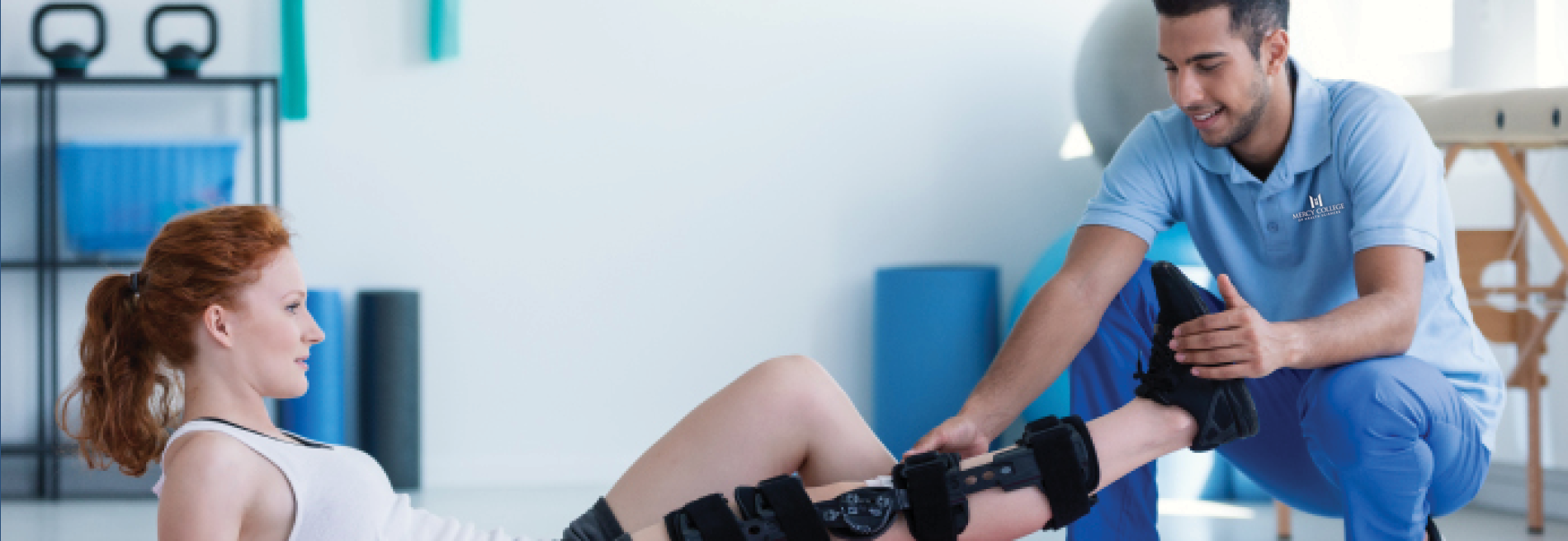Investigating the Varied Techniques of Physiotherapeutic Rehabilitation for Enhanced Healing and Rehabilitation
Investigating the Varied Techniques of Physiotherapeutic Rehabilitation for Enhanced Healing and Rehabilitation
Blog Article
Physical therapy is an essential discipline that assists people recover from injuries, operations, and multiple health issues. It entails a range of methods aimed to enhance movement, reduce pain, and enhance overall physical capability. Physical practitioners are qualified experts who assess each patient’s requirements and create customized care strategies. These plans often include exercises, manual treatment, and education about physical mechanics. By employing these varied techniques, physical can significantly improve a patient’s quality of life.
One frequent method used in physical is rehabilitative activity. This includes specific movements and activities that help build muscles, improve flexibility, and increase endurance. For instance, a patient recovering from leg operation may engage in workouts that focus on rebuilding strength in the leg muscles. These activities are meticulously chosen based on the patient’s status and objectives. By gradually boosting the difficulty and complexity of the activities, physical therapists can assist patients regain their strength and mobility over a period.
Another important technique is hands-on treatment, which includes hands-on approaches to manipulate the human body soft muscles and joints. This can entail flexibility exercises, mobilization, and massage. Hands-on treatment seeks to alleviate pain, minimize inflammation, and improve circulation. For example, a therapist may apply light force to ease tension in stiff muscle groups or to assist a articulation move more smoothly. This technique is often integrated with other treatments to improve rehabilitation and promote recovery. Patients often find hands-on therapy to be a relaxing and effective way to control their discomfort.
In furthermore to exercises and hands-on therapy, instruction plays a crucial part in physical. Therapists instruct patients about their issues and how to manage them efficiently. This may include advice on correct alignment, body movements, and techniques to avoid future traumas. For example, a practitioner might show a client how to raise heavy items safely to prevent straining their back. By empowering patients with understanding, physical practitioners help them assume an engaged part in their rehabilitation and promote long-term wellness and well-being.
Finally, technological advancements is progressively being integrated into physiotherapy practices. Devices such as ultrasound, electrotherapy stimulation, and virtual environments can enhance traditional therapy approaches. These tools can help alleviate pain, promote healing, and offer interactive ways for clients to participate in their recovery. For example, immersive environments can create read the full info here engaging environments for patients to rehearse actions in a safe and protected environment. As advancements continues to develop, it offers promising possibilities for enhancing rehabilitation outcomes in physical.
In conclusion, physical includes a range of techniques that work in unison to assist rehabilitation and rehabilitation. Through rehabilitative exercises, manual treatment, patient education, and the application of technology, physiotherapy practitioners offer holistic treatment customized to each individual’s requirements. This comprehensive method not only helps patients recover their bodily capabilities but also empowers them to maintain their well-being in the long future. As more people acknowledge the advantages of physiotherapy, it remains to play a crucial part in the pathway toward improved well-being and fitness.